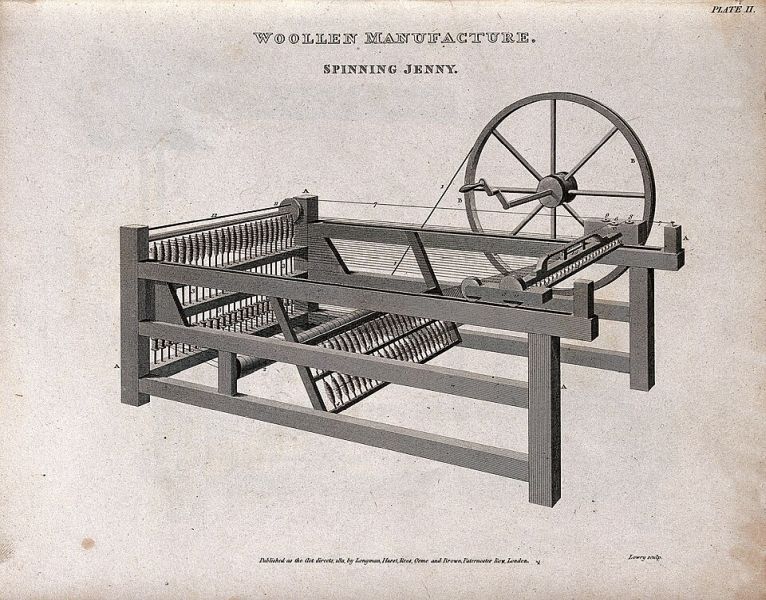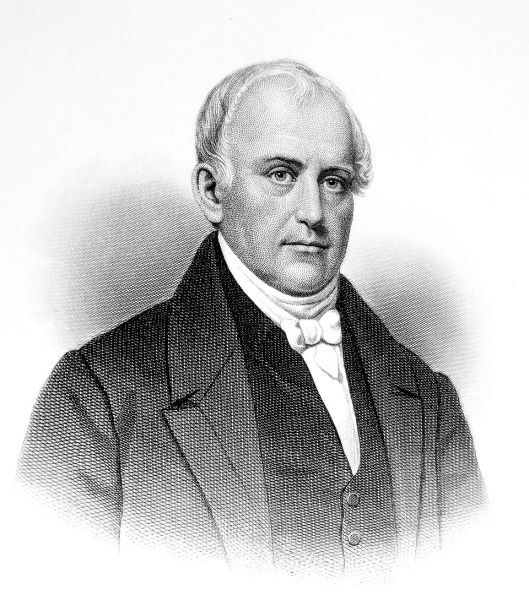The first Industrial Revolution began in Great Britain in the middle of the 1700s. At that time, most people lived and worked in the countryside. They farmed or made goods by hand using simple tools. As the population grew, demand for food, clothing, and household goods increased. Inventors sought ways to speed up and simplify production. New machines were created that could spin thread, weave cloth, and power other kinds of work. Engineers also found new ways to use energy from water and steam to power those machines. These inventions made it possible for goods to be produced in large amounts for the first time.
In Britain, early factories focused on textiles because spinning and weaving could now be done by machines instead of by hand. Inventions such as the spinning jenny, the flying shuttle, and the power loom replaced many of the slow steps in making cloth. Water wheels and steam engines powered the machines, allowing mills to run almost all day. After production sped up and costs dropped, factories began to expand rapidly. People left farms to earn wages in towns and factory cities. Roads, canals, and banks expanded to keep up with the changes in trade and business.

British leaders wanted to keep their new inventions secret. They made laws to keep machine designs and skilled workers from leaving the country. Even so, some ideas spread. A worker named Samuel Slater had used textile machines in Britain. He remembered how they worked and brought that knowledge to the United States. In 1793, he helped open the first successful water-powered textile mill in Pawtucket, Rhode Island. Other mills soon opened in New England. They were built near rivers that could power the machines. The United States started making more textiles and goods. However, at the time, many areas remained primarily agrarian.

Historians name this time the First Industrial Revolution. It marked the start of industrialization in Britain and the United States. It marked the first big move from handmade goods to machine production. The word “first” distinguishes it from the Second Industrial Revolution. This later period followed the Civil War and brought new inventions and power sources that changed industry once again.
